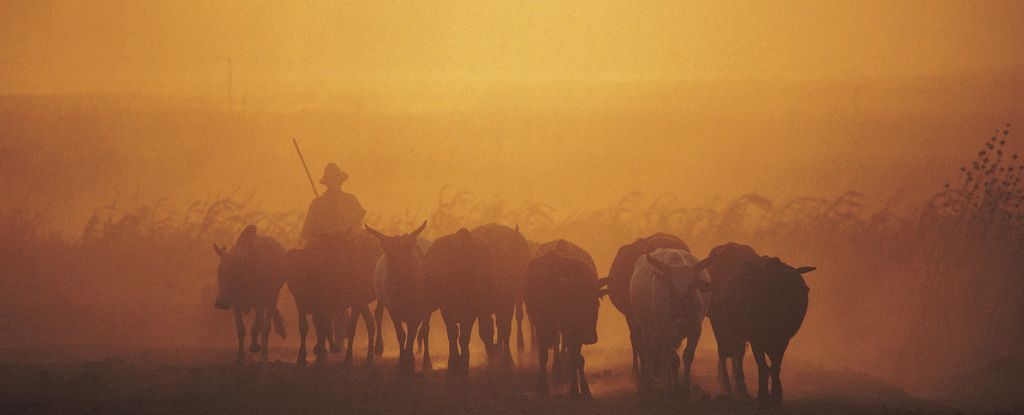The fossil fuels that humanity burns today will be a death sentence for many lives tomorrow.
A recent review of 180 articles on the human death rate of climate change has settled on a deeply distressing number. Over the next century or so, conservative estimates suggest a billion people could die from climate catastrophes, possibly more.
As with most predictions for the future, this one is based on several assumptions.
One is a rough rule of thumb called the ‘1000-ton rule’. Under this framework, every thousand tons of carbon that humanity burns is said to indirectly condemn a future person to death.
If the world reaches temperatures 2°C above the average global preindustrial temperature, which is what we are on track for in the coming decades, then that’s a lot of lives lost. For every 0.1 °C degree of warming from now on, the world could suffer roughly 100 million deaths.
“If you take the scientific consensus of the 1,000-ton rule seriously, and run the numbers, anthropogenic global warming equates to a billion premature dead bodies over the next century,” explains energy specialist Joshua Pierce from the University of Western Ontario in Canada.
“Obviously, we have to act. And we have to act fast.”
The human death rate from climate change is extremely tricky to calculate, even in the present day.
The United Nations reports that every year, environmental factors take the lives of about 13 million people, and yet it’s not clear how many of these deaths are directly or indirectly due to climate change.
Some experts argue abnormal temperatures on their own may already claim as many as five million lives a year. Other estimates are much lower.
Part of the problem is that the global effects of climate change are manifold. Crop failures, droughts, flooding, extreme weather, wildfires, and rising seas can all impact human lives in subtle and complex ways.
Predicting the future death toll of these climate catastrophes is inherently imperfect work, but Pierce and his coauthor, Richard Parncutt from the University of Graz in Austria, think it’s worth pursuing.
They argue measuring emissions in terms of human lives makes the numbers easier for the public to digest, while also underlining how unacceptable our current inaction is.
“Global warming is a matter of life or death for a billion people,” says Pierce.
“As predictions of climate models become clearer, the harm we are doing to children and future generations can increasingly be attributed to our actions.”
To stress that point, Pierce and Parncutt have applied the 1000-ton rule to the Adani Carmichael coalmine in Australia – set to become the largest coalmine ever.
If the entirety of this coalmine’s reserves are burned, the authors say it could cause the premature deaths of about 3 million people in the future.
“Many of those who will die are already living as children in the Global South,” write Pierce and Parncutt, “burning Carmichael coal will cause their future deaths with a high probability.”
Technically, the 1000-ton rule does not take into account possible climate feedback loops, which could make future environmental fallout from carbon emissions even worse, even faster.
This rule is actually “an order of magnitude best estimate“, which means it’s more of a range, somewhere between 0.1 to 10 deaths per 1000 tons of carbon burned.
That leaves a lot of room for scenarios even more dire than the one outlined here.
“When climate scientists run their models and then report on them, everybody leans toward being conservative, because no one wants to sound like Doctor Doom,” explains Pierce.
“We’ve done that here too and it still doesn’t look good.”
It’s a hard reality, but it’s one that the public and policymakers need to face head on.
The review was published in Energies.





